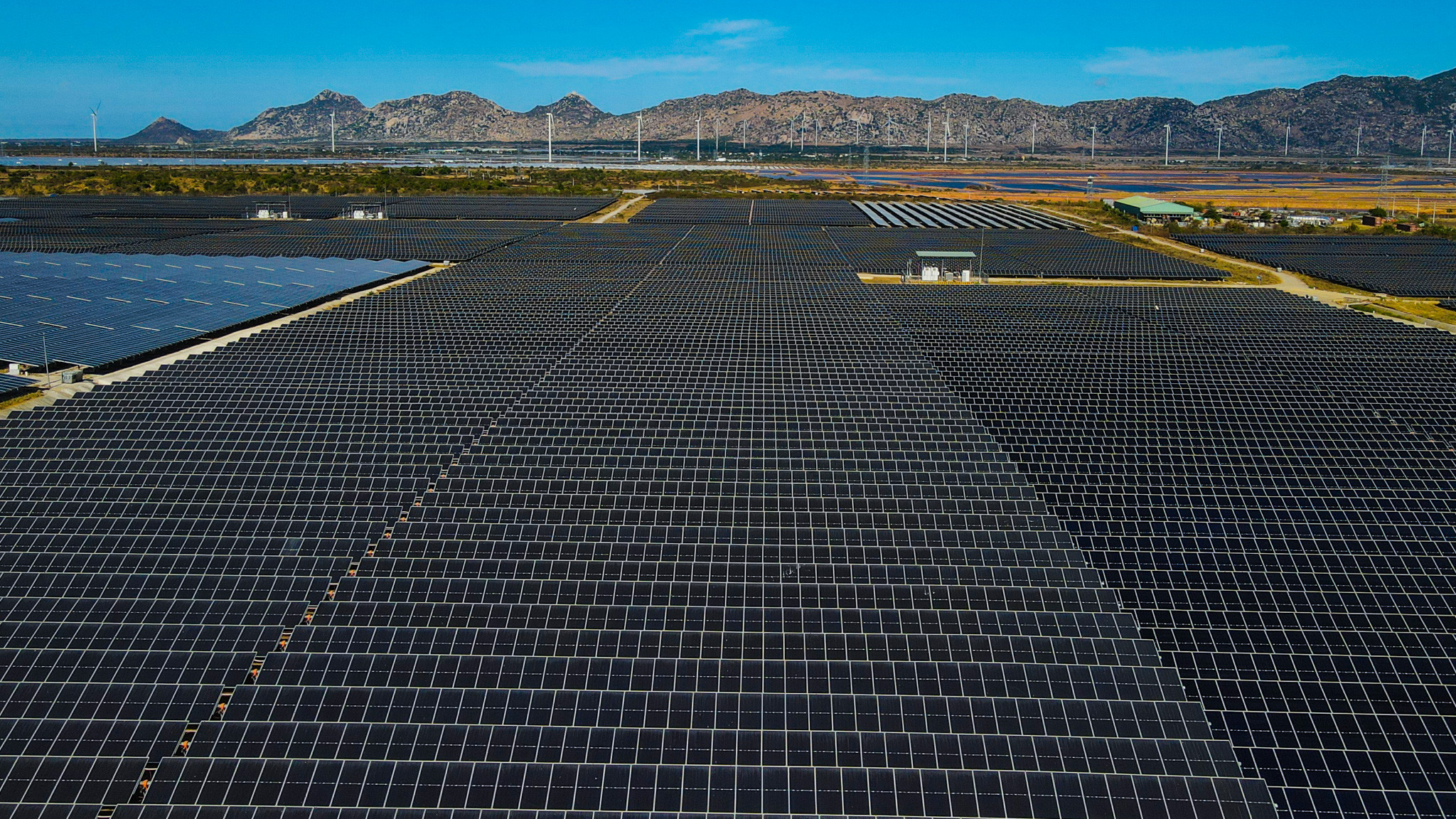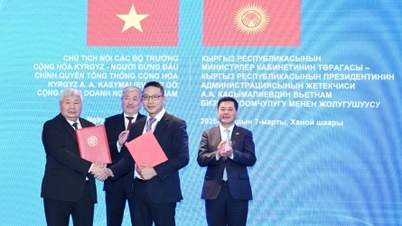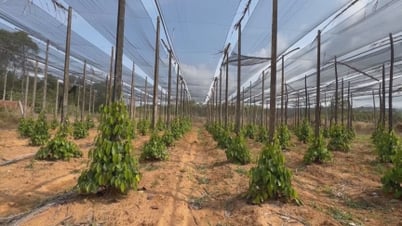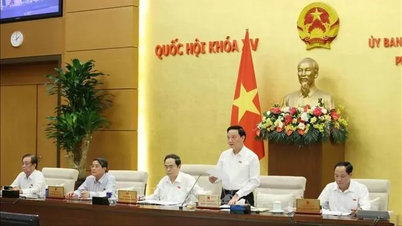That is one of the contents pointed out by the Supervisory Delegation in the report recently sent to the National Assembly Standing Committee on "Implementation of policies and laws on energy development in the 2016-2021 period".
Promoting “clean” electricity but policy gaps remain
Citing the conclusions of inspection and examination agencies, the Monitoring Report noted that the issuance of a number of guiding documents in the energy sector still had some shortcomings, causing renewable energy investment to not achieve the desired results.
These are Decision No. 11/2017/QD-TTg on the mechanism to encourage the development of solar power projects in Vietnam, Decision No. 13/2020/QD-TTg on the mechanism to encourage the development of solar power in Vietnam, and Decision No. 39/2018/QD-TTg on the mechanism to support the development of wind power projects in Vietnam.

Analyzing the renewable energy (RE) sector in depth, the monitoring delegation assessed: Many policies and laws of the State have been issued to encourage and support the development of renewable energy, as well as create the most favorable conditions for the exploitation and development of renewable energy in Vietnam. Positive policies have created conditions for domestic and foreign investors to participate in the exploitation and use of RE.
Thereby, creating momentum to promote the strong development of the renewable energy market in Vietnam, especially when offering preferential prices to investors, wind power, solar power and biomass power producers, creating conditions to activate the renewable energy investment market and vibrant banking and financial transactions.
"Looking at the context of power source development at this stage, the above policies have helped minimize the risk of short-term power shortages and create a significant amount of reserve capacity, reduce coal imports and increase the national energy security index," the monitoring delegation commented.
Referring to Decision 11, Decision 13 and Decision 39 on preferential prices (FIT) for wind power and solar power, the Monitoring Delegation said: The above 3 decisions have created a breakthrough in the development of solar power and wind power in Vietnam, proving the ability to mobilize domestic and foreign capital relatively quickly and in large quantities for renewable energy.
However, those decisions do not aim at a solution for electricity purchase and sale prices after the expiration of the FIT price, causing a policy gap in investors' calculations.
"The purchase price of solar and wind power, for projects with delayed FIT deadlines, must follow the transitional mechanism set by the Ministry of Industry and Trade , which is lower than the FIT price and is a framework price, so it requires calculation and negotiation with each project, which takes a lot of time," the monitoring team assessed.
In addition, the monitoring delegation also noted that a bidding and auction mechanism (instead of the FIT price mechanism) has not been established to increase transparency, fair competition and reduce electricity purchase prices from solar and wind power projects.
The risk of asking for and giving from additional renewable energy planning
The monitoring team also noted the delay in approving national and provincial solar and wind power development plans. This has led to many problems arising in approving additional planning for renewable energy projects. The work of supplementing the planning has not been carefully calculated, causing certain difficulties in management.
In addition, this does not ensure competition in attracting investment, does not ensure transparency, and risks the emergence of a request-grant mechanism.
Specifically, from 2016 to 2020, 557 power source projects of all types were approved to be added to the power planning at all levels based on the proposals of the Provincial People's Committees originating from the proposals of investors.
Electricity price policy is still unreasonable
According to the report of the Monitoring Team, the electricity price policy still has many unreasonable issues in terms of electricity generation structure; electricity price adjustment has not yet compensated for input costs and ensured reasonable profits for enterprises; electricity prices have not yet ensured transparency; market signals at the electricity generation stage have not been fully reflected in the electricity price applied to final consumers.
The retail price structure implemented under the Electricity Law is not suitable for the actual electricity consumption of customer groups, and still maintains cross-subsidy; the electricity price paid by people is higher than the price for production and business households, which is not suitable for the goal of encouraging the use of energy economically and efficiently for electricity-intensive production sectors and fields.
"The formula for calculating and determining fluctuations in basic input parameters on electricity prices has not been completed; there is no specific roadmap for applying two-component electricity prices; electricity transmission prices are too low, not attracting investors to do grid projects," the report stated.

Source




































































































Comment (0)